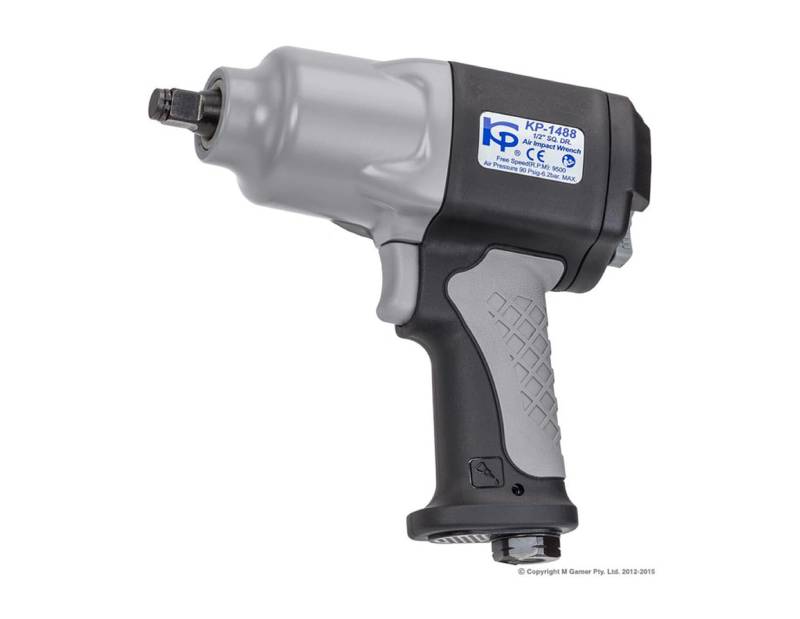Comprehensive Guide to Pneumatic Tools: Types, Uses, and Maintenance
Pneumatic tools, powered by compressed air, are indispensable in various industries due to their power, efficiency, and durability. Now let's explore the realm of these instruments.

Understanding Pneumatic Tools
Pneumatic air tools convert compressed air into mechanical energy to perform tasks. They are widely used in construction, automotive repair, woodworking, and manufacturing. The core components of a pneumatic system include an air compressor, air hoses, and the pneumatic tool itself.
Types of Pneumatic Tools
- Impact Wrenches: These air tool fittings deliver high torque for quickly tightening or loosening bolts. They are essential for automotive and heavy-duty work.
- Drills: Pneumatic drills and tool spare parts offer powerful drilling capabilities for various materials. They are often used in construction and metalworking.
- Sanders: From surface preparation to finishing, pneumatic sanders provide efficient and smooth results.
- Grinders: For material removal and shaping, pneumatic grinders are versatile and powerful.
- Nail Guns: These tools significantly increase productivity in carpentry and construction by rapidly driving nails into various materials.
- Spray Guns: Used for painting, coating, and finishing, pneumatic spray guns offer precise application and a smooth finish.
- Cut-off Tools: For cutting through metal and other materials, pneumatic cut-off tools provide speed and efficiency.
Advantages of Pneumatic Tools
- Power: Pneumatic tools deliver high power and torque, making them ideal for demanding tasks.
- Speed: Compressed air enables rapid operation, increasing productivity.
- Durability: With fewer moving parts, pneumatic tools are generally more durable than electric tools.
- Safety: In certain environments, pneumatic tools are safer as they eliminate the risk of electric shock.
- Lightweight: Because many pneumatic tools weigh less than their electric counterparts, they are less tiring for users.
Safety Precautions
- Wear appropriate safety gear: This includes safety glasses, ear protection, and respiratory protection when necessary.
- Secure the workpiece: Ensure the workpiece is securely clamped or held to prevent accidents.
- Follow manufacturer's instructions: Always adhere to the tool's operating manual.
- Regularly inspect tools: Check for damage before each use.
- Maintain proper air pressure: Avoid excessive air pressure, as it can damage the tool.
By understanding the types, advantages, and proper maintenance of pneumatic tools, you can maximize their efficiency and safety in your work.
Comments
Post a Comment